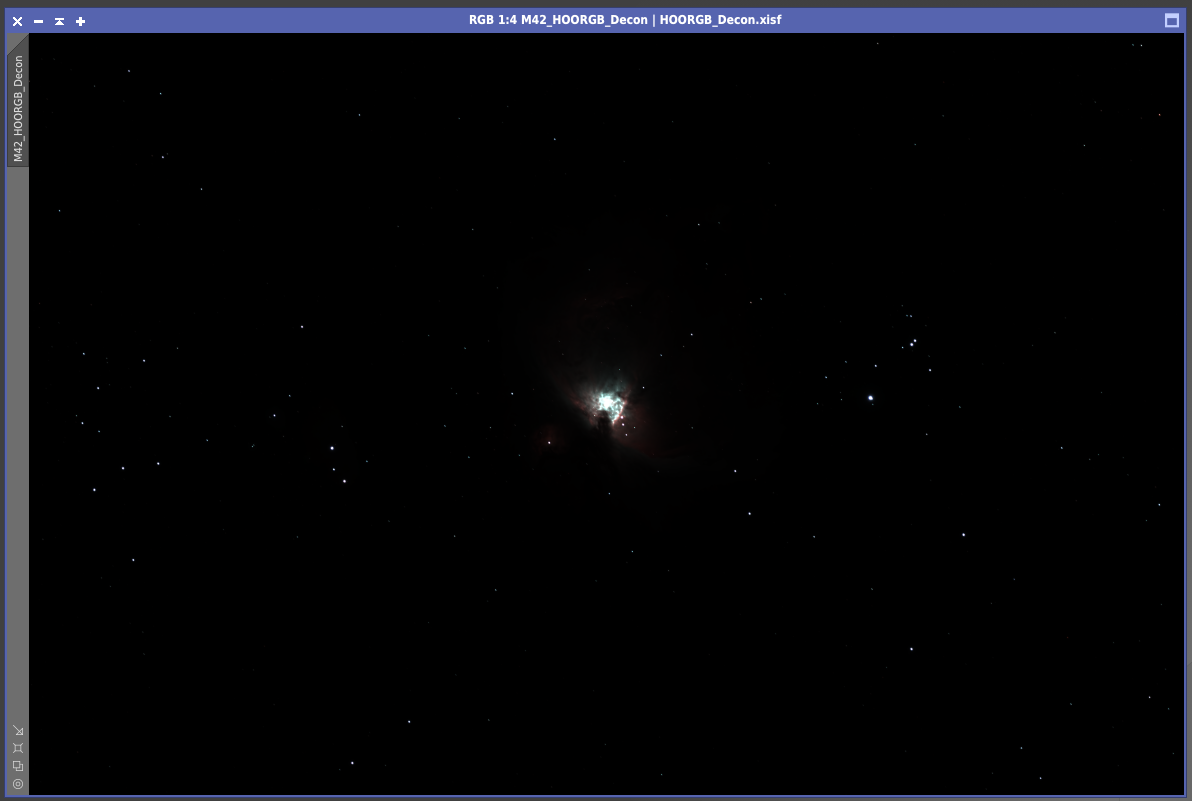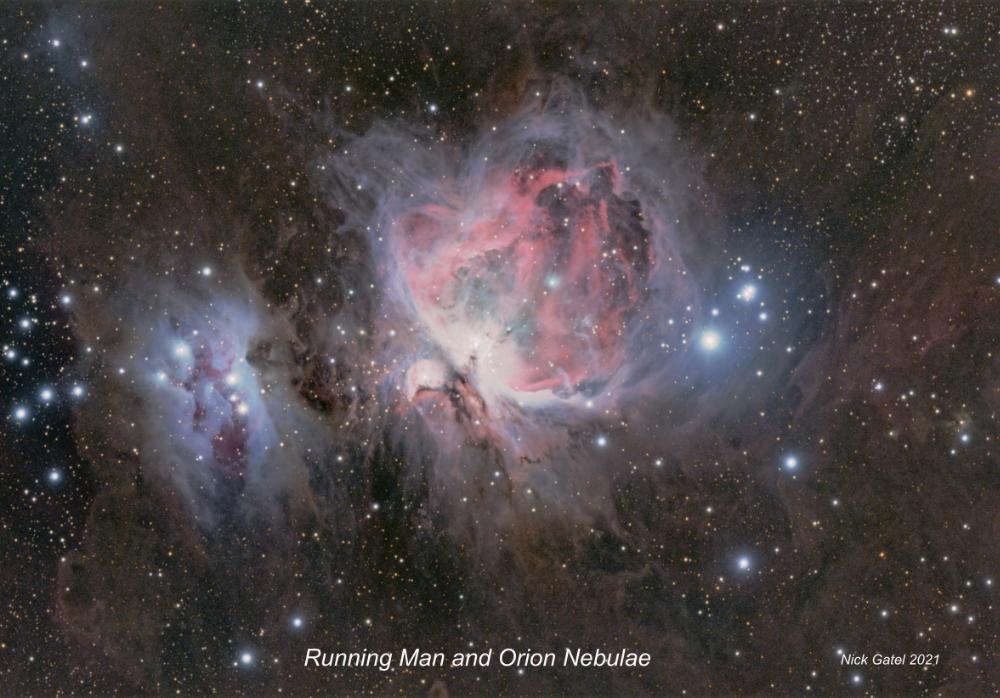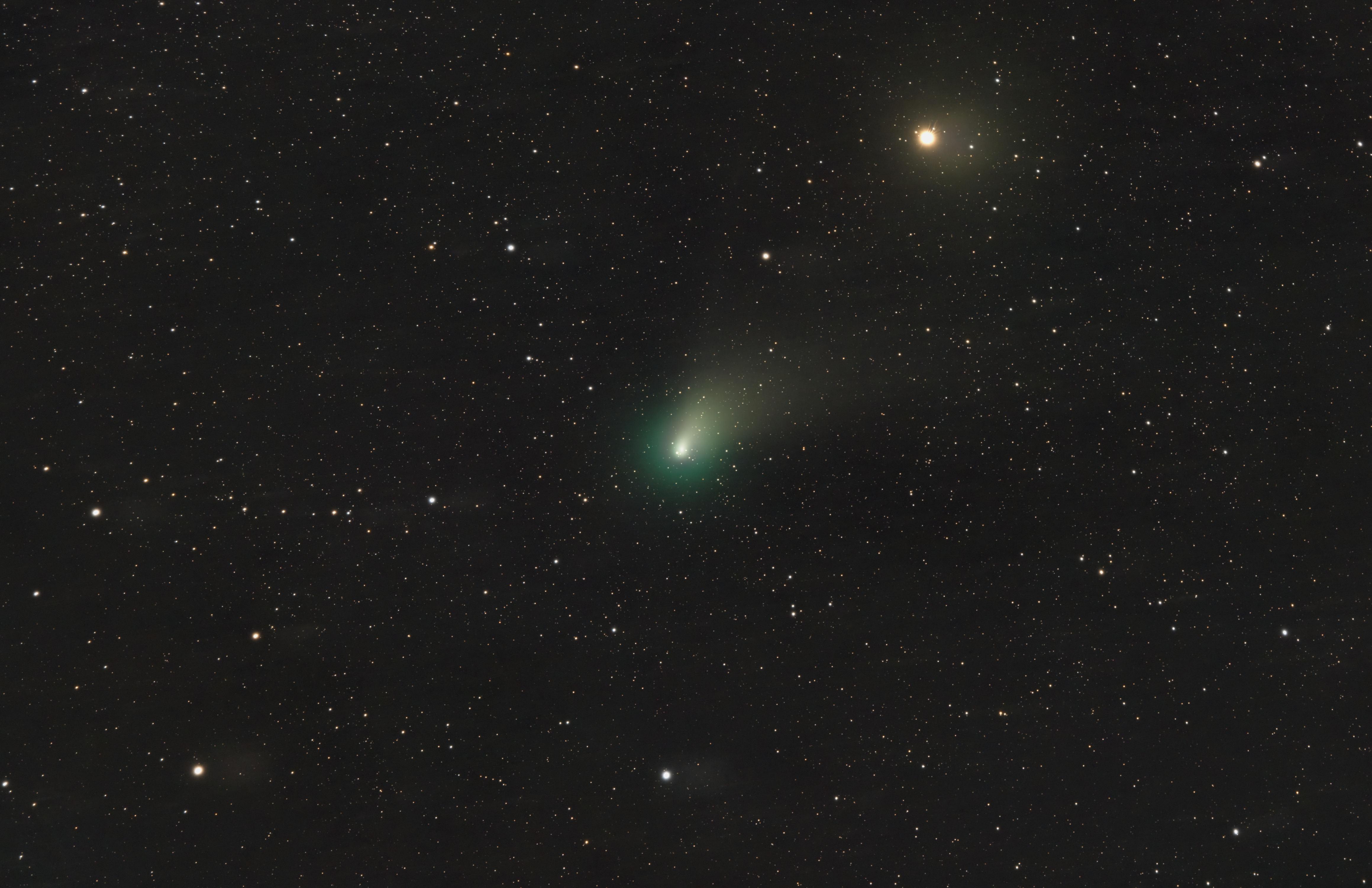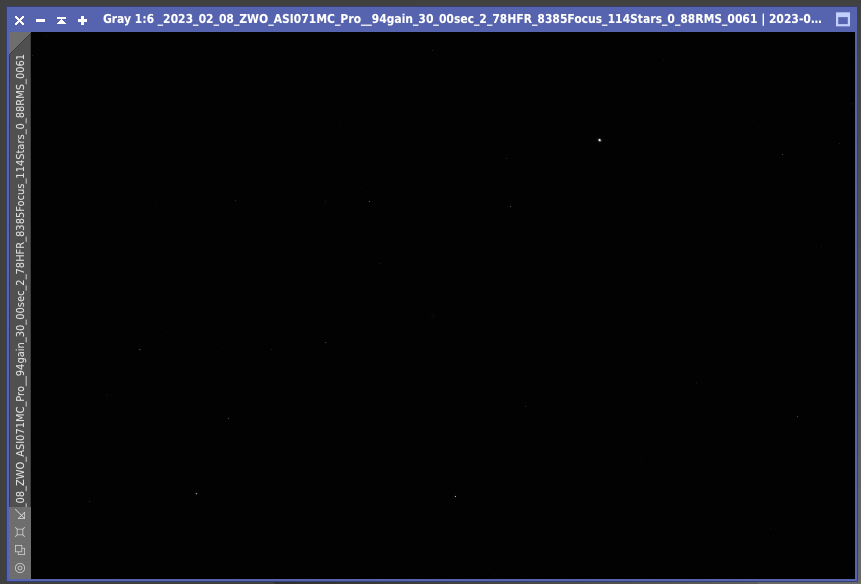Topic
The Green Comet
Forum Posting
A Membership is required to post in the forums. Login or become a member to post in the member forums!
Home › Forums › Campfire › The Natural World › The Green Comet
- This topic has 20 replies, 4 voices, and was last updated 1 year, 2 months ago by
 Jerry Adams.
Jerry Adams.
-
AuthorPosts
-
Feb 2, 2023 at 9:57 am #3772049
Has anyone else seen the “Green Comet?
https://www.space.com/comet-c2022-e3-ztf-closest-approach-feb-1
Returns every 50,000 years, so if you miss it this time, you’re SOL. I’ve managed to spot it with binoculars from my house in downtown Napa, but it was quiet dim. Unimpressive, if it weren’t for the idea of the thing. If I had access to darker skies I’m sure it would be better, but with clouds coming in the next couple of days, maybe that’s as good as I will get.
This is a time where those dark Sierra skies would really be nice–as would those warmer summer temps! And by the way, astrophotography is one of the grea inflators of expectations. What you see through an astrocamera with a time-lapse exposure ain’t what you’re gonna see with your naked eye.
Feb 2, 2023 at 10:17 am #3772052I just looked outside a bit before dawn
I could find the big dipper and the north star. The comet’s supposed to be somewhere near the north star. But, way too much light pollution.
Yeah, go to a dark place like the Sierras. Even then, you made need binoculars or telescope
Feb 2, 2023 at 1:06 pm #3772093It is now more or less in between Polaris and the constellations Perseus, Casseopeia, and Auriga. Magnitude about 5–so you need very dark skies or binoculars. Mine are 8x70mm.
Feb 2, 2023 at 4:20 pm #3772109Cassiopeia?
Andromeda is the width of Cassiopeia, down from the right side
My project is to get a phone picture of Andromeda. I can see it with binoculars. If I take 10 phone pictures at max exposure (10 seconds) I think I can average them and get a blurry picture that is recognizable as Andromeda.
Feb 2, 2023 at 6:44 pm #3772119I would love to see that, Jerry. Of course, the secret is dark skies. I ahve a couple of telescopes where Andromeda completely fills the field of view, even under city light. In dark skies, it is SO impressive
Feb 3, 2023 at 4:40 pm #3772175I might try to capture it with my telescope and astro camera this weekend (clouds forecast the next couple of nights). This will require many images stacked on top of each other.
Computerized telescopes are designed to track solar system objects (planets, moon, and sun) or deep sky objects. Each uses different types of tracking using the two motors in the telescope mount. Comets are different and much more difficult because software needs to keep the comet centered in the scope and the background changes quickly. I have installed upgraded software to do this with Comet 2022 E3 (ZTF), so I’ll see how it goes.
Since I spent a lot of time observing Halley’s Comet in 1986, no comet has come close to the excitement of Halley. In 1986 I only had to drive about an hour to get to a true Dark Sky Location, and spent many nights watching without any aid, plus considerable time with binoculars and a small refractor telescope.
Paul, thanks for the post. I love the night sky and deep sky imaging.
Feb 3, 2023 at 7:52 pm #3772198I’ve read that as satellites continue to proliferate in our skies, astronomy is really taking a hit. Have you (Nick and Paul) noticed this in your sky watching?
They call it progress. I’m not so sure…
Feb 4, 2023 at 7:42 am #3772222Nick has some amazing pictures with his scope and gives me advice on my capture Andromeda with phone project
Feb 4, 2023 at 7:48 am #3772226I’m primariy a visual observer, so the satellites don’t both me so much. But for those like Nick, and professional astronomers, they are more serious–the track fo a satellite across an astrophotograph is a bit like a big nasty scratch across an olf vinyl record. Not good.
Feb 4, 2023 at 9:20 am #3772235although, if they take a bunch of short exposures and then combine them, which is what they do anyway, they can just throw out the satellite tracks
Feb 6, 2023 at 3:51 am #3772494Doug wrote,
I’ve read that as satellites continue to proliferate in our skies, astronomy is really taking a hit. Have you (Nick and Paul) noticed this in your sky watching?
Paul said,
I’m primariy a visual observer, so the satellites don’t both me so much. But for those like Nick, and professional astronomers, they are more serious–the track fo a satellite across an astrophotograph is a bit like a big nasty scratch across an olf vinyl record. Not good.
As Paul mentioned, for visual observers with a telescope, they aren’t an issue unless they are a bunch of StarLinks just dumped by Elon.
Below is a master image that stacked about 23 hours of images (over 1,000 frames). The satellite tracks have been removed, but one wouldn’t see them anyway because the image is linear — it is kinda like what one would see visually with a telescope. This is the Orion Nebula, an area that has a large population of geosynchronous satellites crossing in winter.

Below is an image by Amir H. Abolfath, which was the NASA Astrophotography Picture of the Day for 1 Jun 2021. The image has been fully processed into a non-linear photograph, but the satellite trails were purposely left in. The final image is 207 minutes of total exposure time (69 images of 3 minutes each).

You can imagine how many tracks I had in my 23 hours of images (1,380 minutes total, or over 6.6 times as much total exposure time as Amir’s). One of the reasons we take many images is because you can’t do much with a single image that has a bunch of airplanes, satellites, wind, etc. messing things up.
Sixty, one-minute exposures stacked will give you the same signal to noise ratio and data as a single 1-hour exposure. With 60, one-minute exposures, you won’t loose much data if you have to throw a couple away.
Jerry mentioned,
although, if they take a bunch of short exposures and then combine them, which is what they do anyway, they can just throw out the satellite tracks
Not in the Orion Constellation — you would have to discard too many frames — and it is wasted time too!
There is a better way.
When we stack many images, we are doing more than just stacking, which we called “Integration.”
Integration
A high level explanation of the Orion Nebula picture I took a couple years ago: I stacked over 1,000 images, each with 16.2 million pixels. The following explanation doesn’t cover everything that is done during this “integration.”
The software analyzed the stars in each individual picture and identified the same brightest 500 stars in each, and then stacked all of them using the center of each matching star to perfectly align each image with all the others — thus every single pixel is aligned to the same pixel location on each image.
It gets even more difficult, I purposely did not have the scope pointed to the same exact spot. After each image was taken, I purposely had the mount randomly move a few pixels, so no patterns developed due to any bad pixels in the camera sensor (every camera has numerous bad pixels)
So. . .
16.2 Million pixels X 1,000 images = 16.2 billion pixels the software has to keep track of! Not only does it use a lot of processing power, but it used 250GB of temporary disc swap file storage space.
Using an algorithm/method the software determines values for each pixel with mean values, standard deviations and other statistical stuff that would explode my brain — the end result is it rejects outlier pixels, which can be satellite trails, airplane trails, or something else. So instead of 1,000 almost exact pixels for each singe pixel location, we might end up with 998 pixels for some locations and 1,000 in other locations. The statistically bad pixels are rejected.
This process took several hours for the computer to do.
The final integration file, which I posted earlier, was a single linear 338MB file. Linear meaning the values of each pixel remains as the camera recorded it. I then used post-processing software to change it to nonlinear, which is what us humans can see and might be described as “stretching the color tones.” Below is a nonlinear version.

For those interested or who love math and calculus, here’s a link to reference documentation for the primary software I use and this is just the Image Integration Documentation. Once you open it, use your “search” function to find “Sigma Clipping” and “Winsorized Sigma Clipping” in the reference guide. I use “Winsorized Sigma Clipping” on all my image integrations, which is what “removes” satellite trails.
Feb 6, 2023 at 7:37 am #3772497yeah, observing time is scarce, you don’t want to throw out every frame with a defect, just the portion of the frame with the defect and use everything else
then, satellites and planes aren’t that big a deal
It’s amazing how good Nick’s pictures are compared to big telescopes
Feb 6, 2023 at 7:40 am #3772498Great stuff, Nick! Totally impressive.
By the way, I
Was able to spot the comet again last night, despite the full moon. (i went out early, before the moon got too high in the sky.)
It seemed brighter and easier to see–although that may simplyi have had to do with the sky being a little darker last night. Still worth an effort with binoculars!
Feb 6, 2023 at 12:14 pm #3772529Thanks, guys. This is just one example of how we, the average person, can use technology to enhance our lives (knowledge).
Feb 8, 2023 at 4:56 pm #3772769Clouds and a full moon aren’t making this any easier.
After a lot of time searching and a dab of patience, I came up with this last night — the Green Comet !!
 Feb 9, 2023 at 6:58 am #3772798
Feb 9, 2023 at 6:58 am #3772798ha, ha, ha,…
that’s like me searching for andromeda
Feb 9, 2023 at 8:09 am #3772803Remarkable definition, Nick!
Feb 12, 2023 at 3:46 am #3772954Since my first comet image above didn’t work out well and looked like a green can, I took another stab at it.
Here’s the challenge,
- I need to take time exposures (at least 30 seconds each) and stack the sub frames to see anything
- The mount needs to be tracking something. . .
- The comet moves faster than the stars
- If I track the stars, the comet will be blurred and funky
- If I track the comet, all the stars will have star trails
Using some new-to-me processing techniques, I stacked sixty, 30-second exposures. I used a wide field telescope and camera to provide some perspective of the comet compared to the star field. I had planned on following up with a longer focal length telescope scope (higher magnification) to isolate the comet itself, but clouds rolled in the past couple of days and apparently will be here for most of the next seven days.
If the sky cooperates soon, I make take some more images with a larger scope and a different camera. However I’m not highly motivated. It is more fun to look at it visually with my largest telescope. Processing pictures of comets is time consuming to avoid star trails and also capture the comet without blurring — the effort just doesn’t excite me since I had planned on working on other targets this month.

A cropped image. . .

The bright star is Hassaleh/Kabalinan
From StarFacts.com (click on the link to learn more),
“Hassaleh, Iota Aurigae (ι Aur), is an orange bright giant star located in the constellation Auriga, the Charioteer. With an apparent magnitude of 2.69, it is the fourth brightest star in Auriga, after Capella, Menkalinan and Mahasim. Hassaleh lies at an approximate distance of 490 light years from Earth. It serves as a spectral standard for its class.”
Feb 12, 2023 at 7:01 am #3772959Nice photo.
I see your problem. This is unique to looking at moving objects like comets or asteroids so the processing is unique.
Why does Hassaleh/Kabalinan appear to be so big? All stars (except the sun) are far enough away they appear to be point sources, but in your photo it has a large diameter.
Feb 12, 2023 at 1:06 pm #3773033Jerry, that’s a great question and you’re very observant.
Actually it is a giant star to begin with. Of course visual star size depends on its distance from earth and its actual size.
The other thing is, I was tracking the comet, keeping it in the center of each successive picture. If we place a camera on a tripod, 15 seconds is about the longest exposure we can take before the earth’s rotation starts to affect the roundness of the stars. I was taking 30 second exposures, and the mount was moving with the earth’s rotation, but at the speed of the comet’s apparent movement and not the stars.
What all of this means is the stars are slightly oval if you really zoom in, which will make them appear slightly larger.
Image below is a single picture with no processing. It is in a linear stage.

In the same image, below, I have “stretched” the color tones

Stars that we can see through a lens are affected by the quality of the optics and the earth’s atmosphere, and can make stars appear larger. This is called Point Spread Function and is an “abnormal” state. Link to Wikipedia on PSF.
In this one, below, I have increased the color saturation of a single frame to bring out some color. Increasing saturation is a balancing act — bring out some color and not make stars too big or artificial. Saturation does increase the apparent size. We don’t see the pinpoints of light but an Airy Disk (click for link).

If you really zoom in on the above picture, you will see some single (one square) pixels that are blue or red. These are not stars, but are bad pixels. Even a high end $10K camera has bad pixels. When I process a stack of images, the software removes the bad pixels and replaces them with an adjoining good pixel.
Feb 12, 2023 at 1:30 pm #3773040on oregonhikers.org someone posted a comet picture and identified mars at about that position, although maybe their orientation is different than yours. That would make sense because with your scope, I’m sure mars would be many pixels wide
back a long time ago they looked at stars through scopes and measured a width of stars, and based on that, calculated how far away they were, which was quite close compared to actual distance. They didn’t know about the optics distortion you described, which accounts for all the width they observed. Galileo or Copernicus or someone back then.
the picture on oregonhikers.org shows all the stars and the comet with tails because they didn’t have a tracker like yours to compensate for earth rotation.
since I mentioned it https://www.oregonhikers.org/forum/viewtopic.php?p=225270#p225270
-
AuthorPosts
- You must be logged in to reply to this topic.
Forum Posting
A Membership is required to post in the forums. Login or become a member to post in the member forums!
Our Community Posts are Moderated
Backpacking Light community posts are moderated and here to foster helpful and positive discussions about lightweight backpacking. Please be mindful of our values and boundaries and review our Community Guidelines prior to posting.
Get the Newsletter
Gear Research & Discovery Tools
- Browse our curated Gear Shop
- See the latest Gear Deals and Sales
- Our Recommendations
- Search for Gear on Sale with the Gear Finder
- Used Gear Swap
- Member Gear Reviews and BPL Gear Review Articles
- Browse by Gear Type or Brand.











